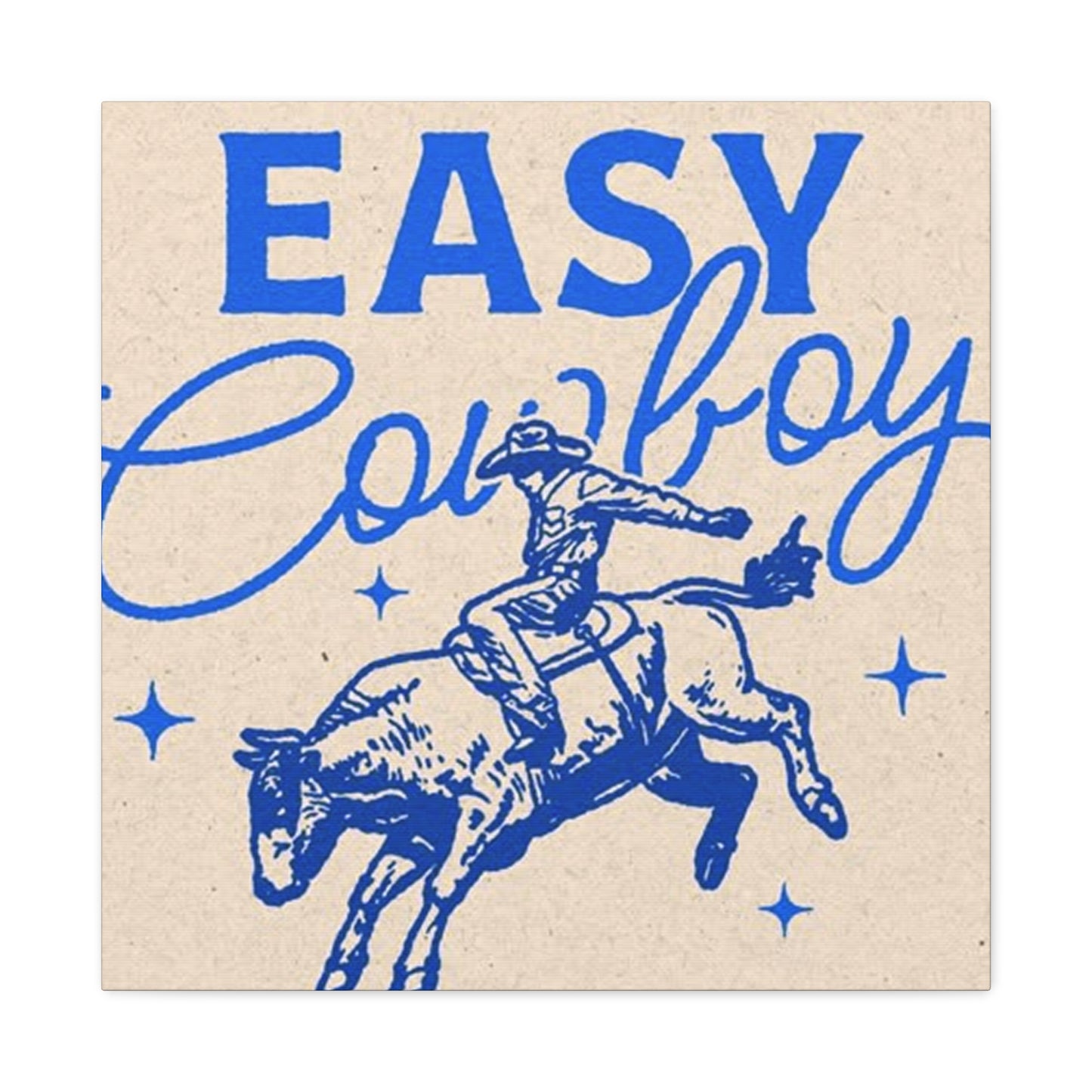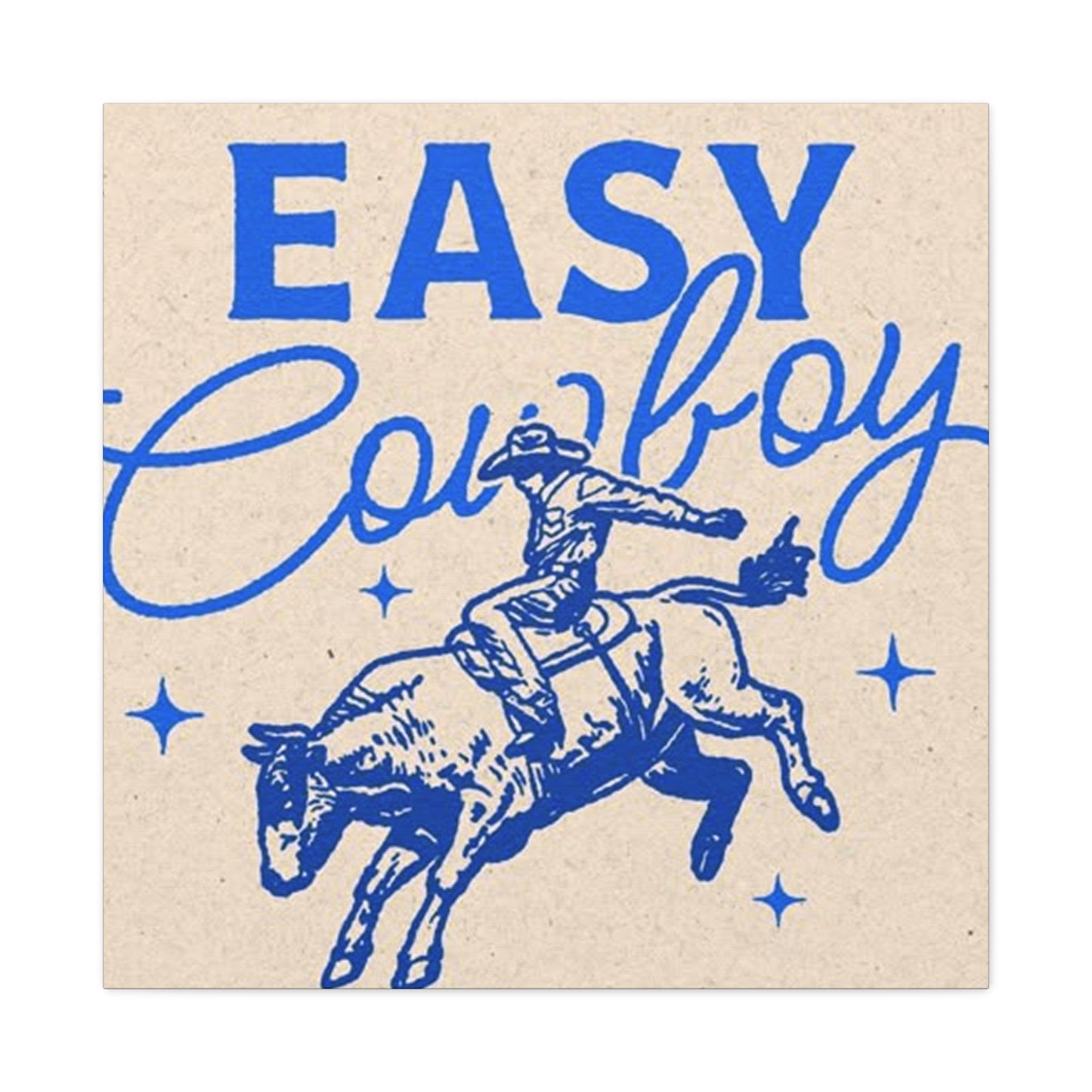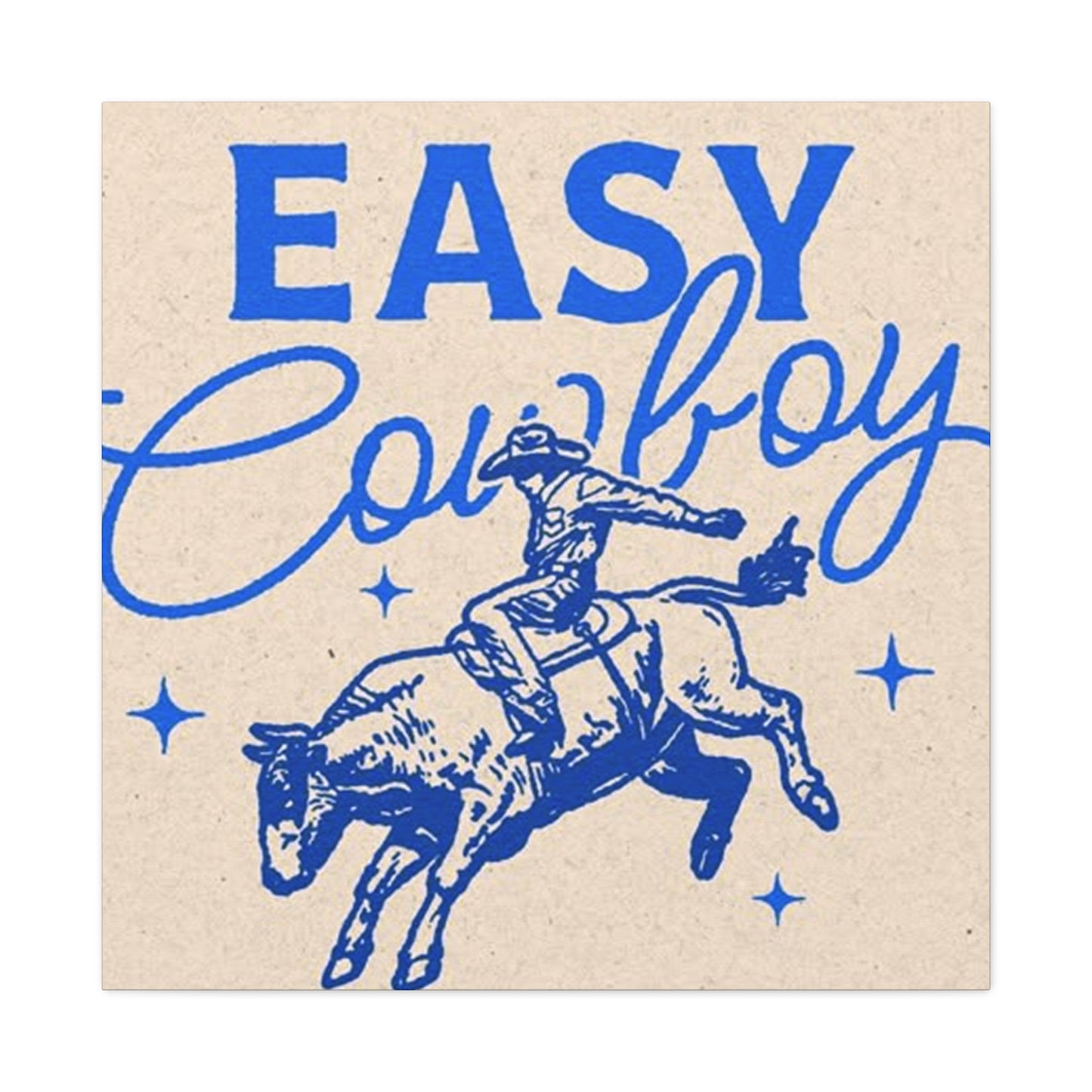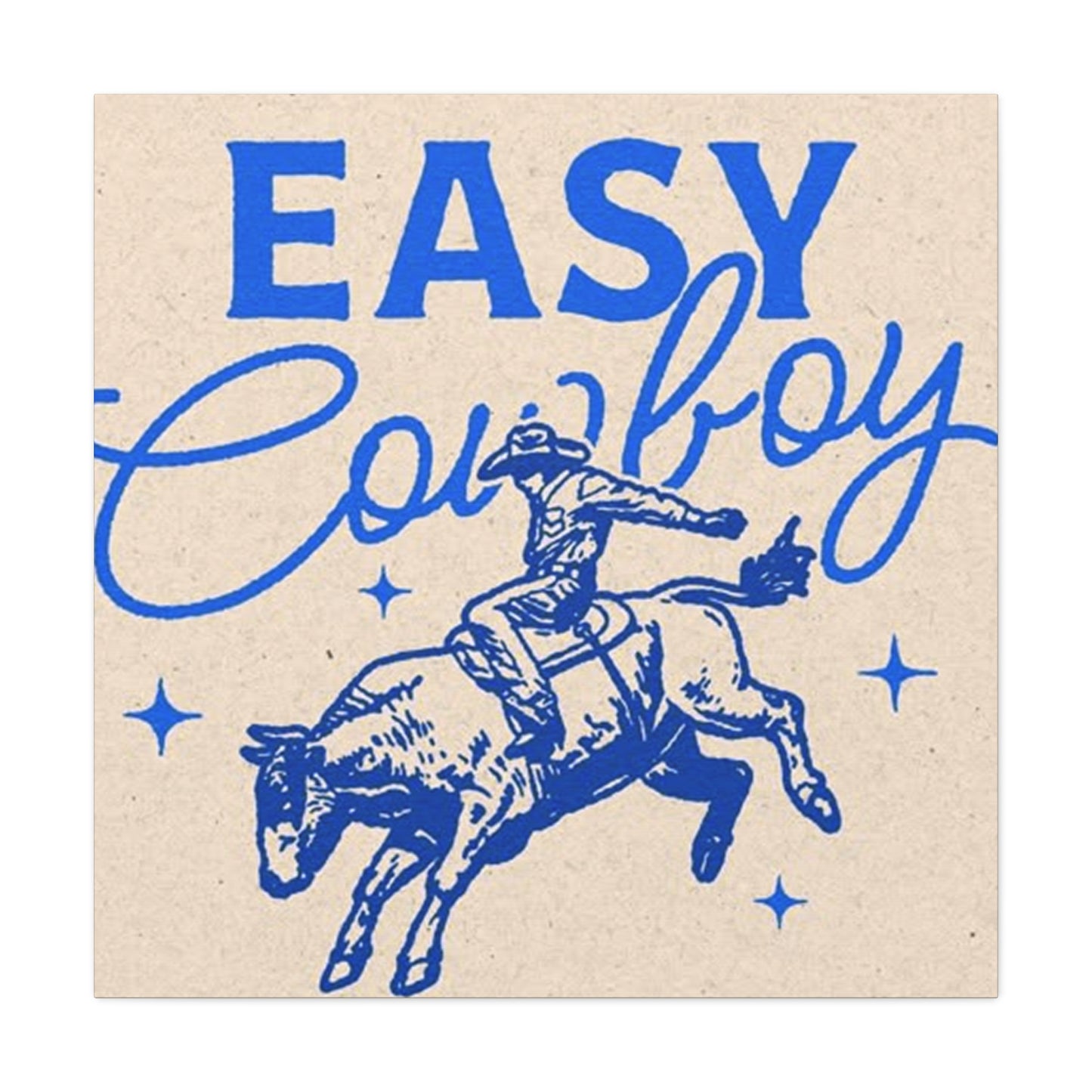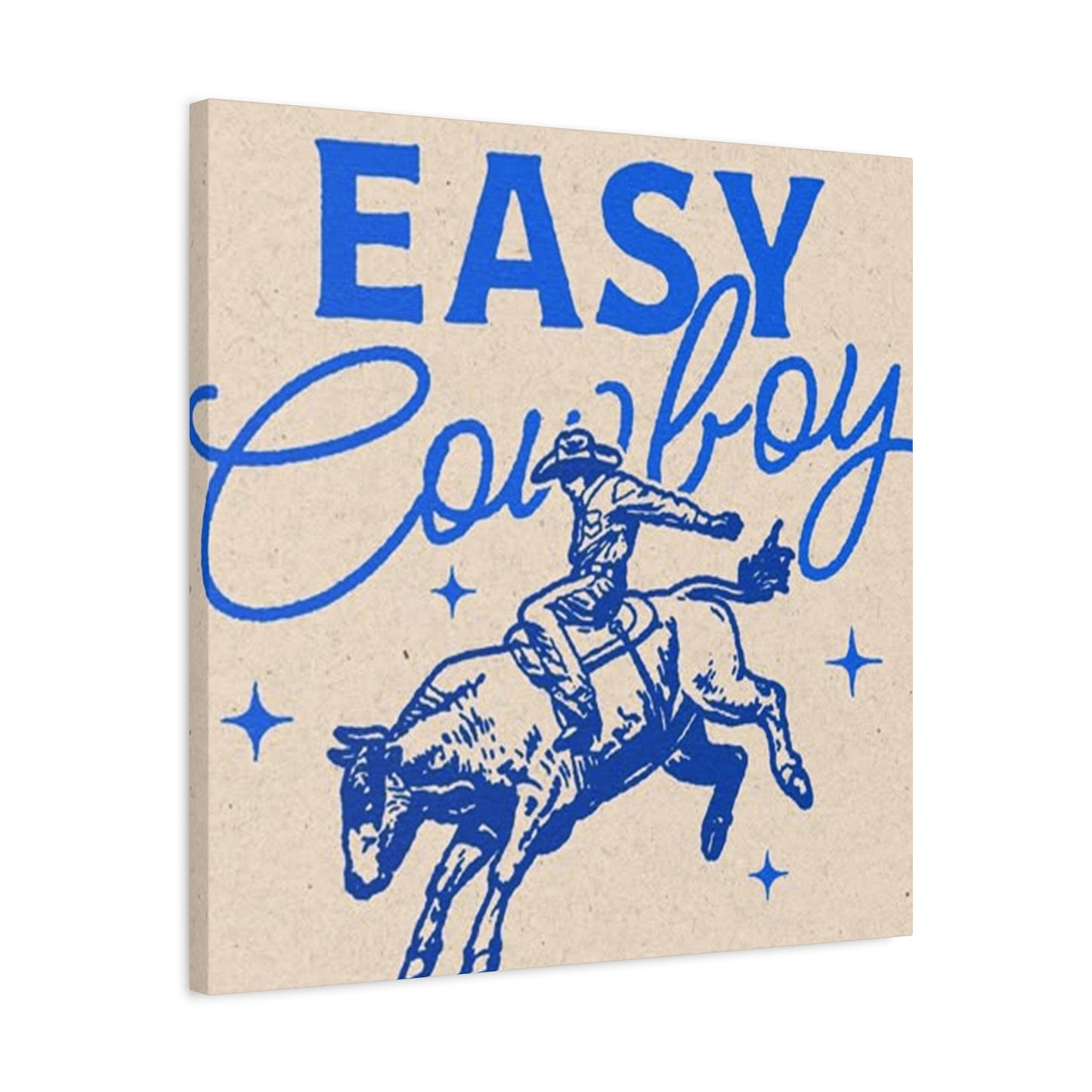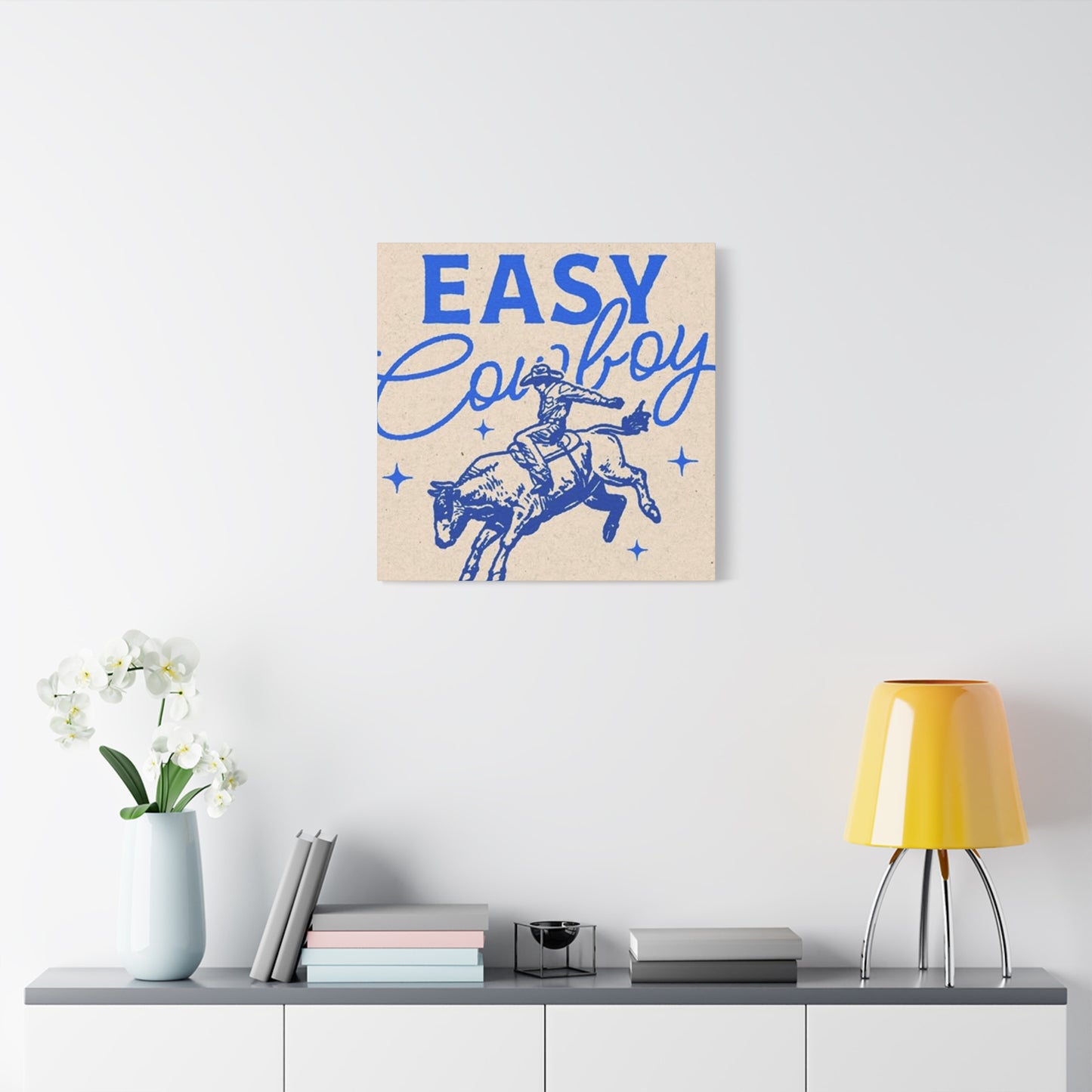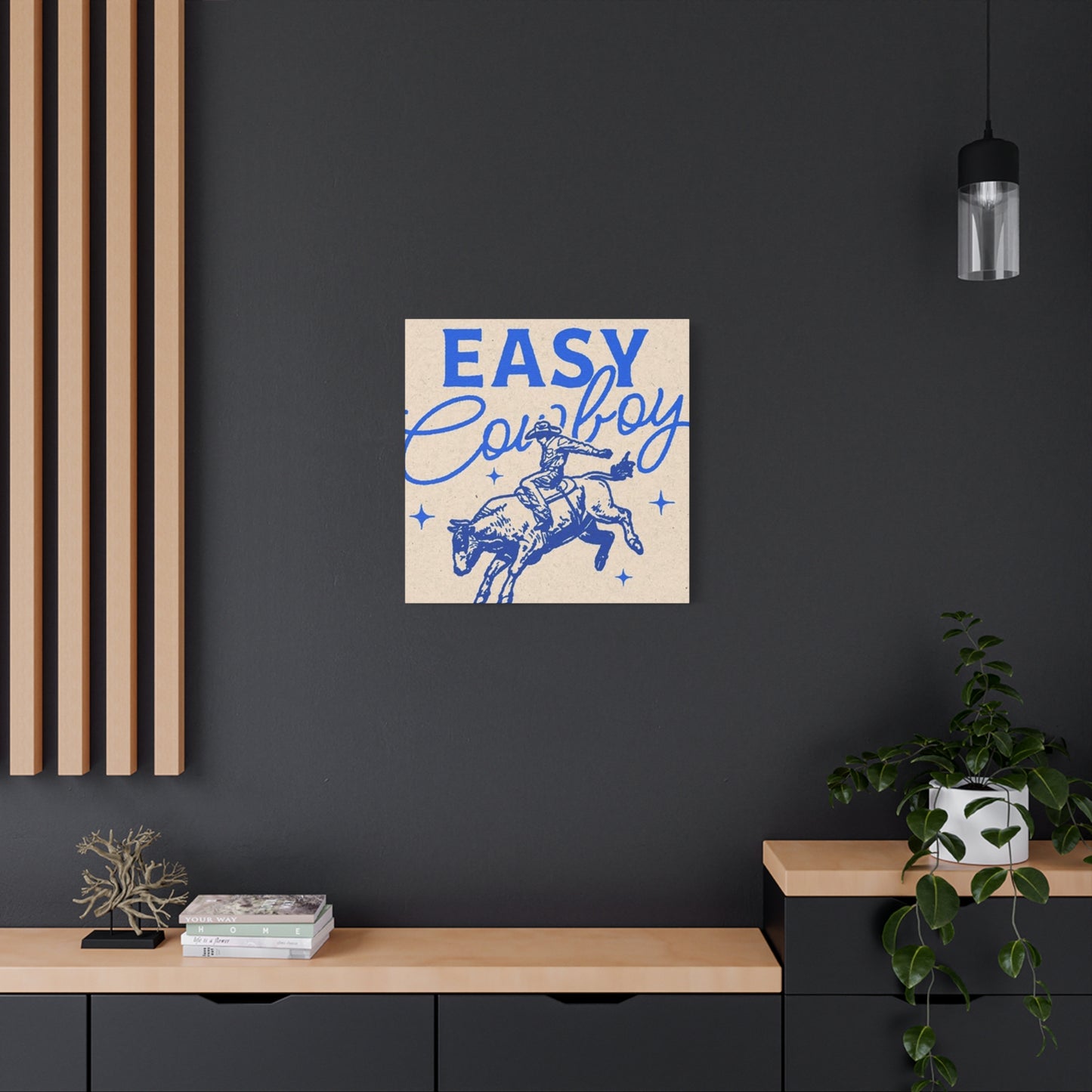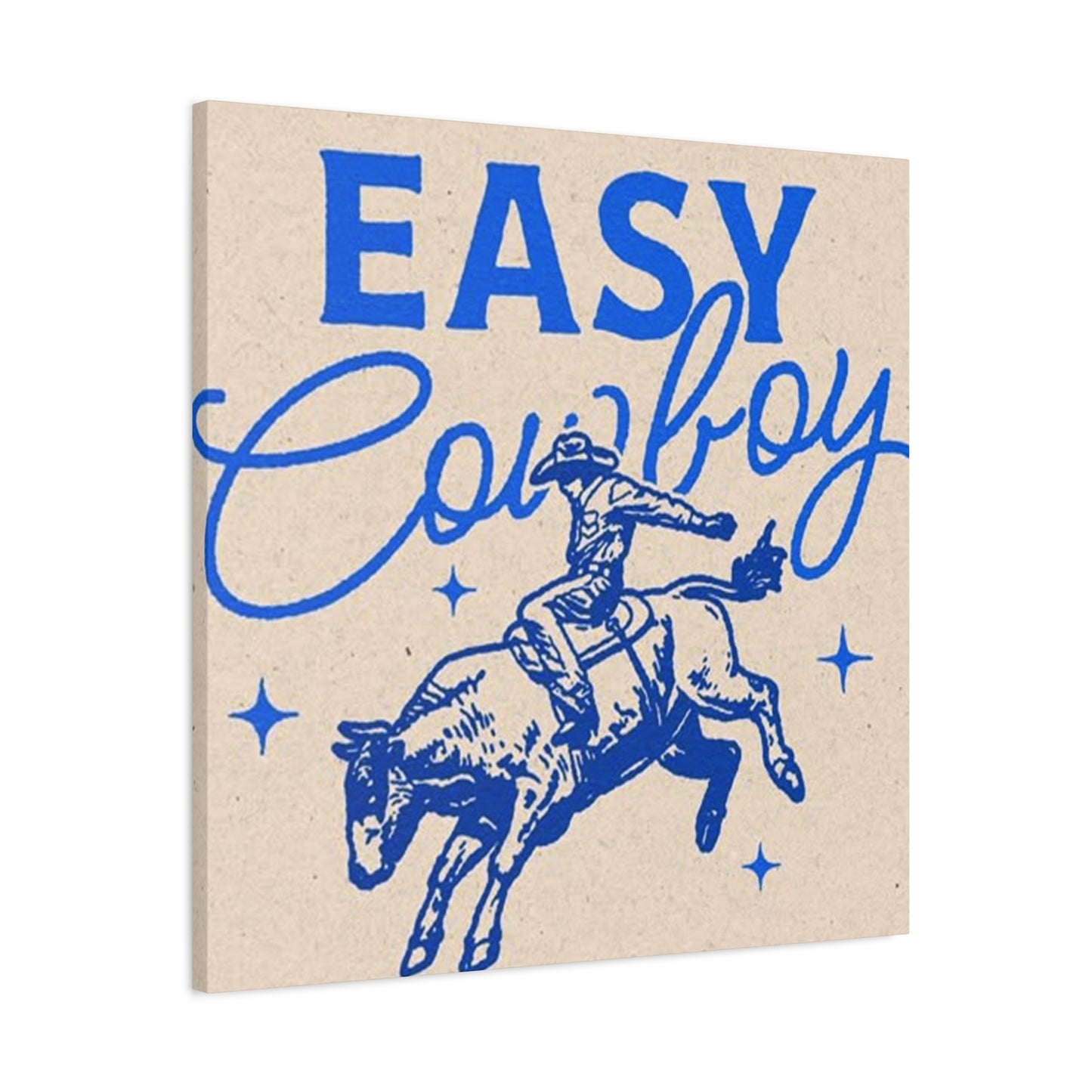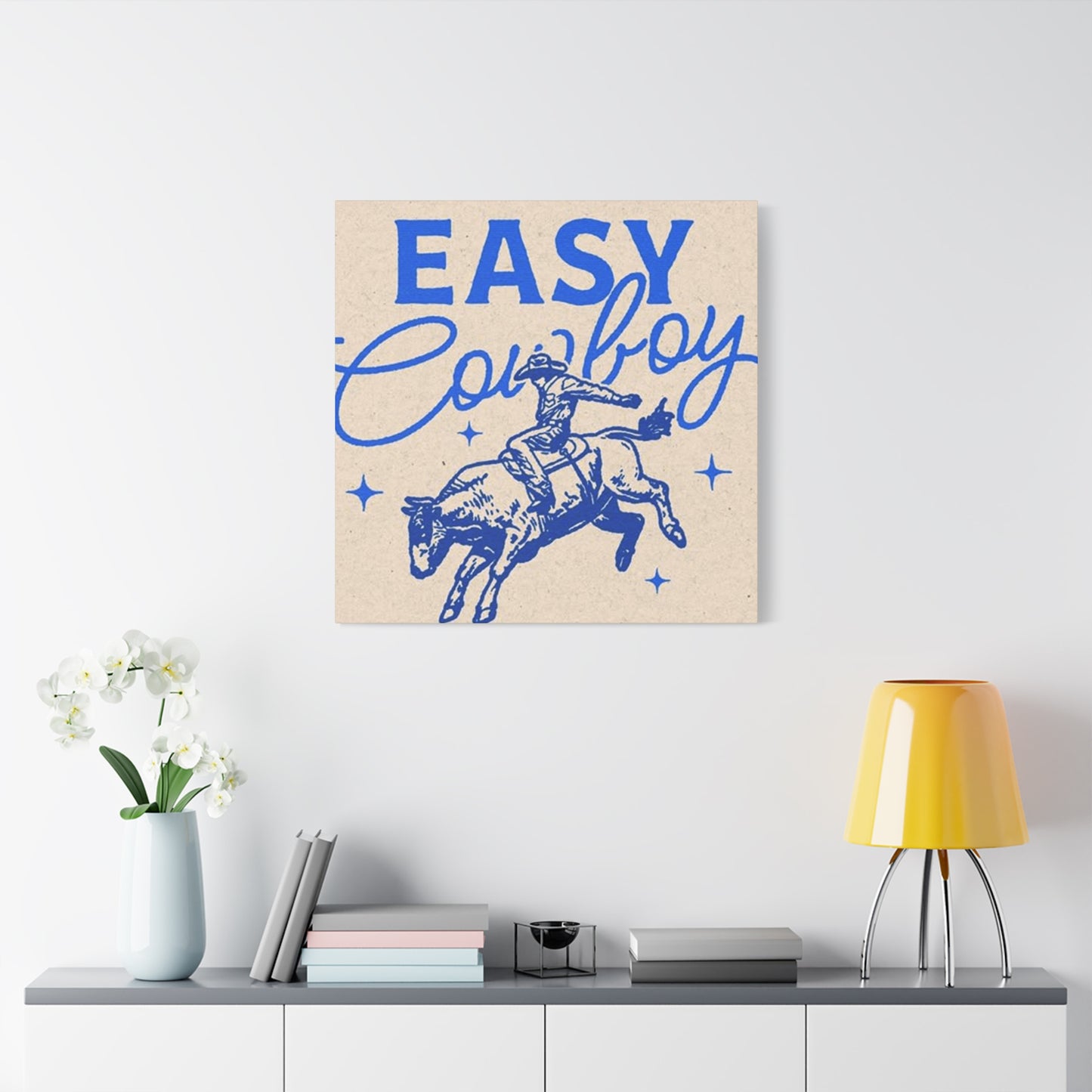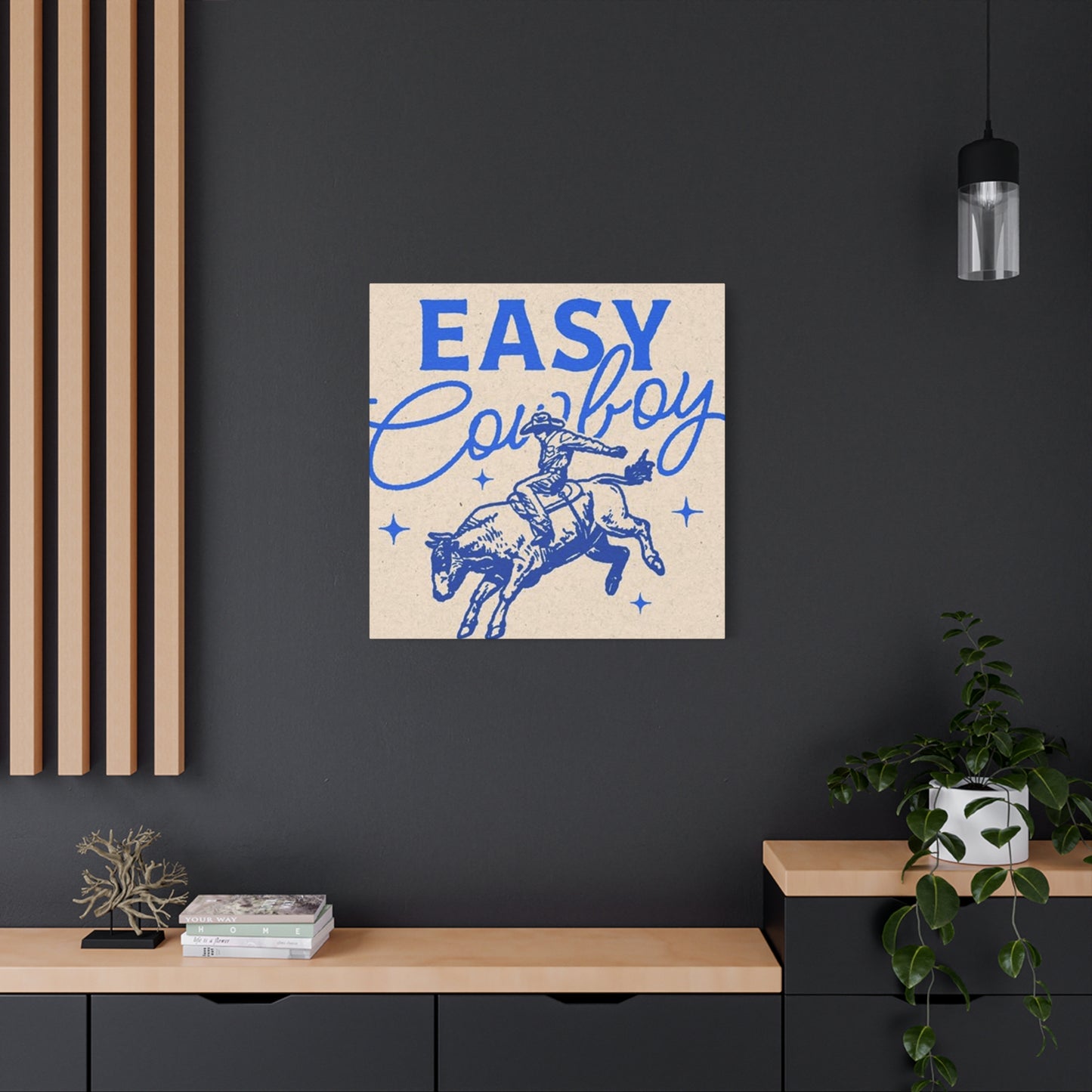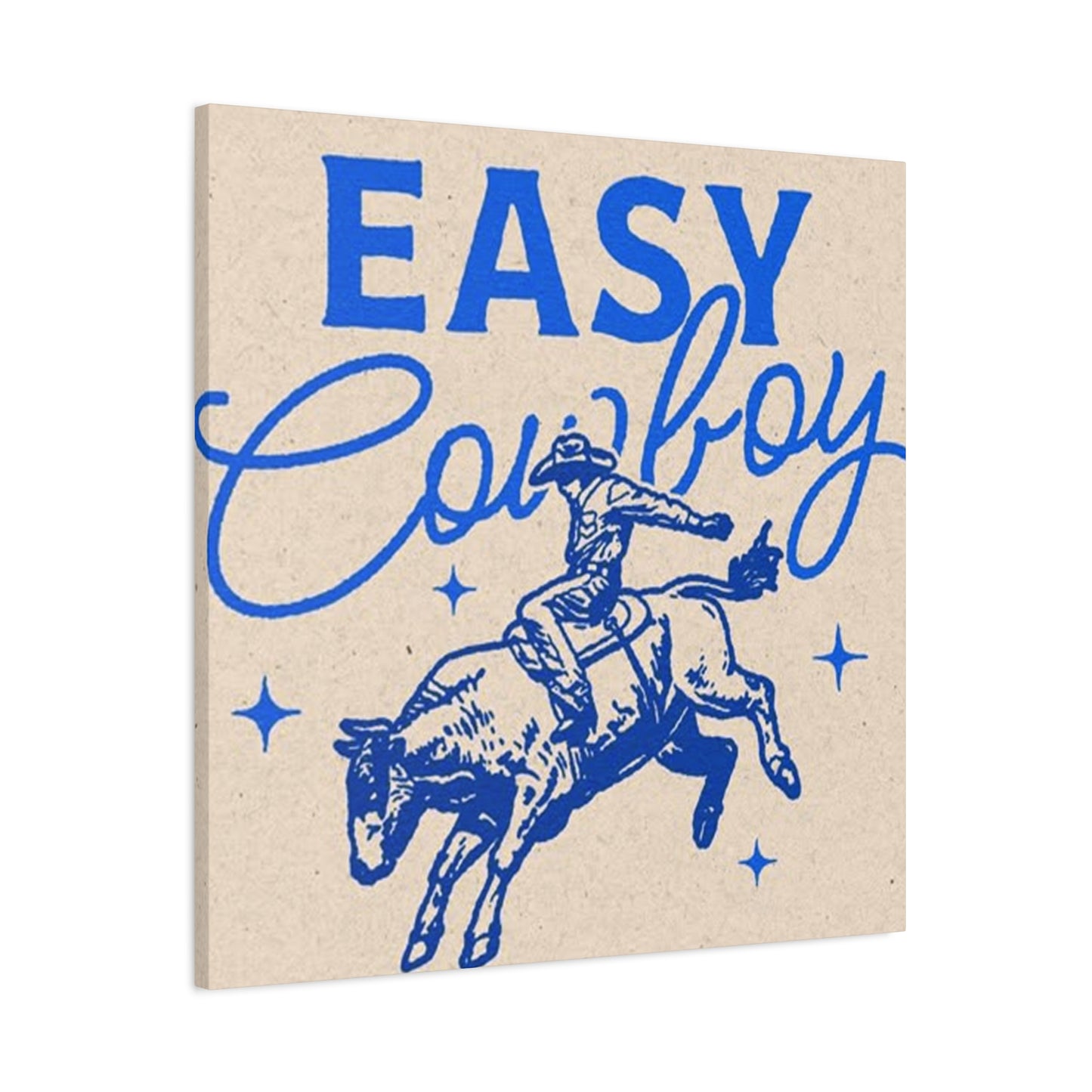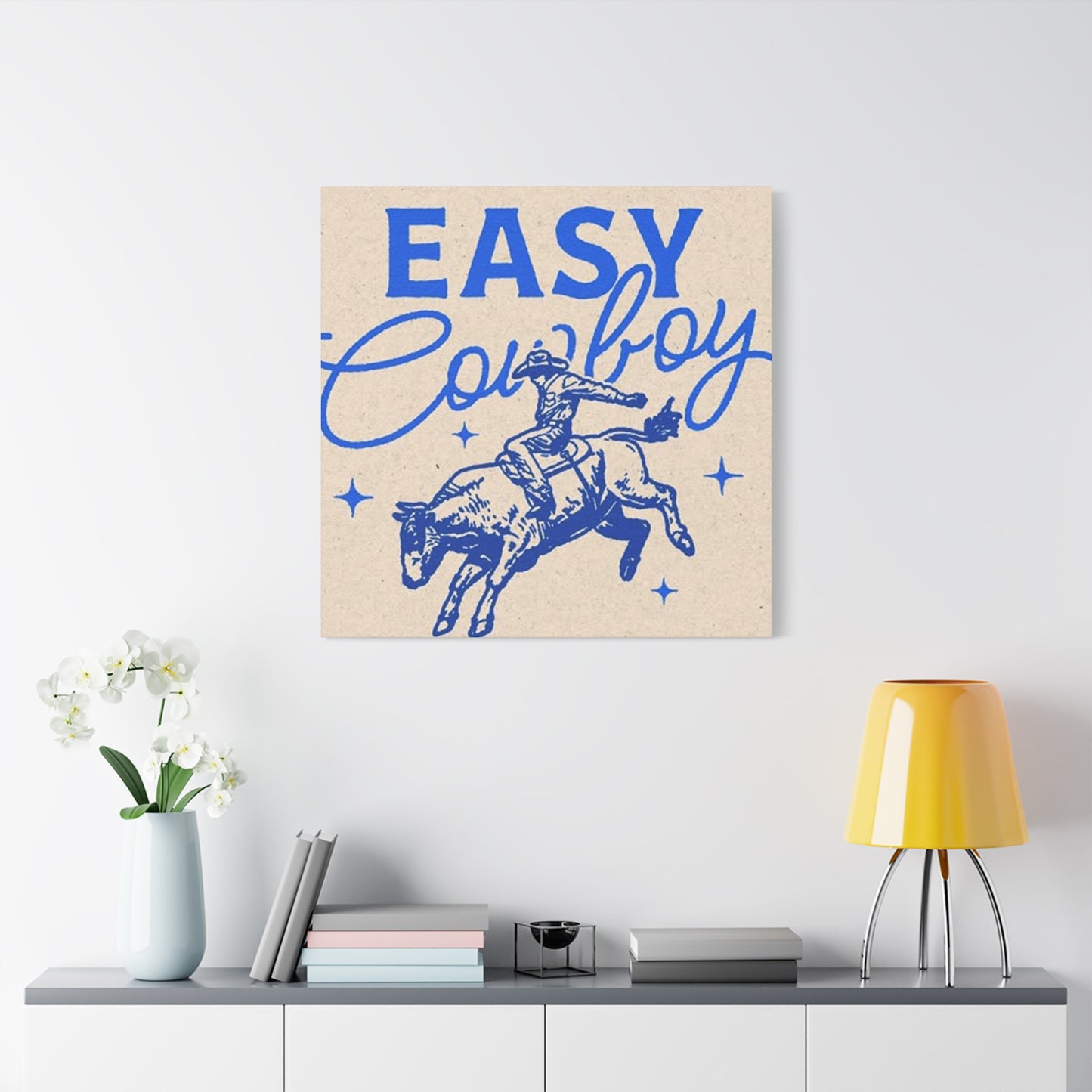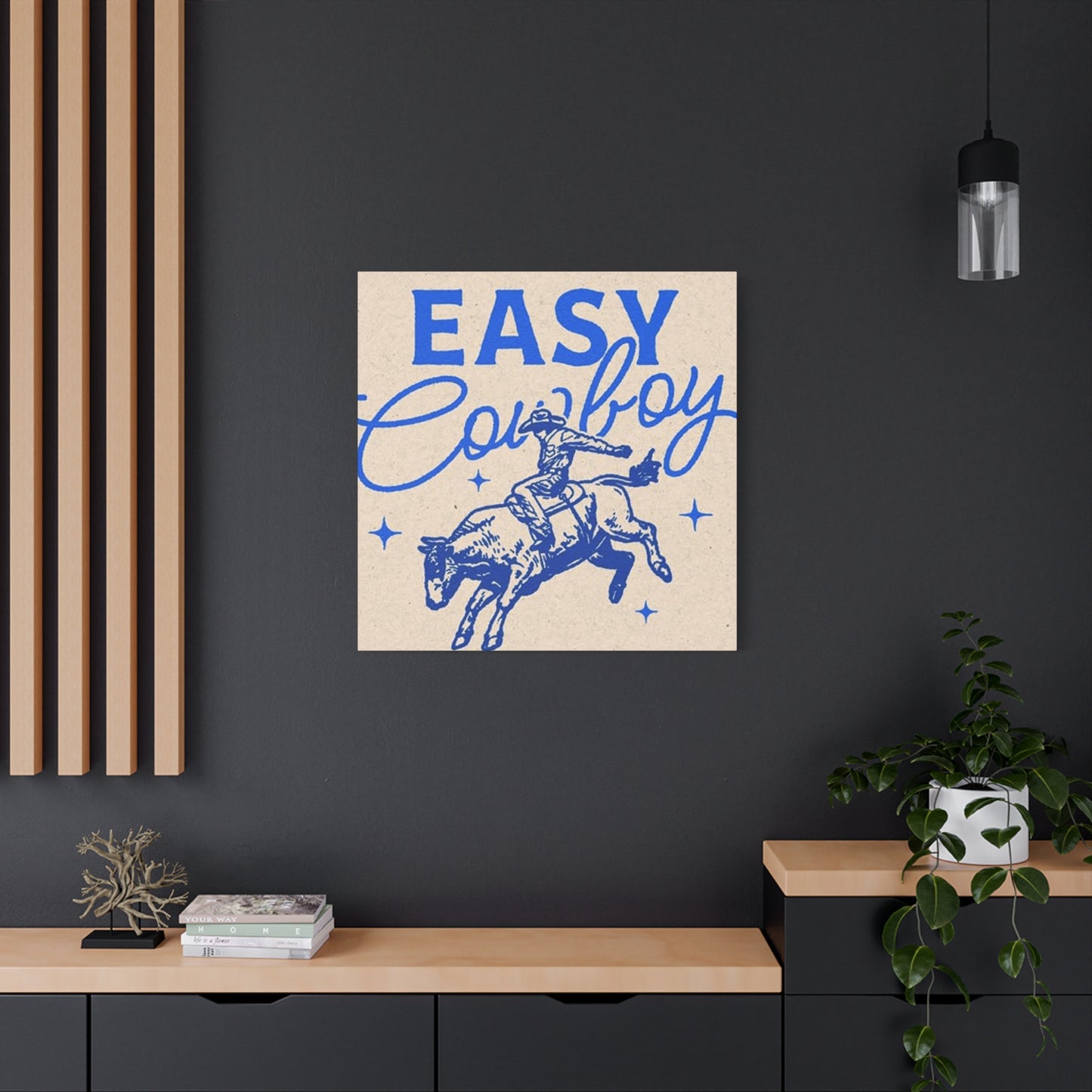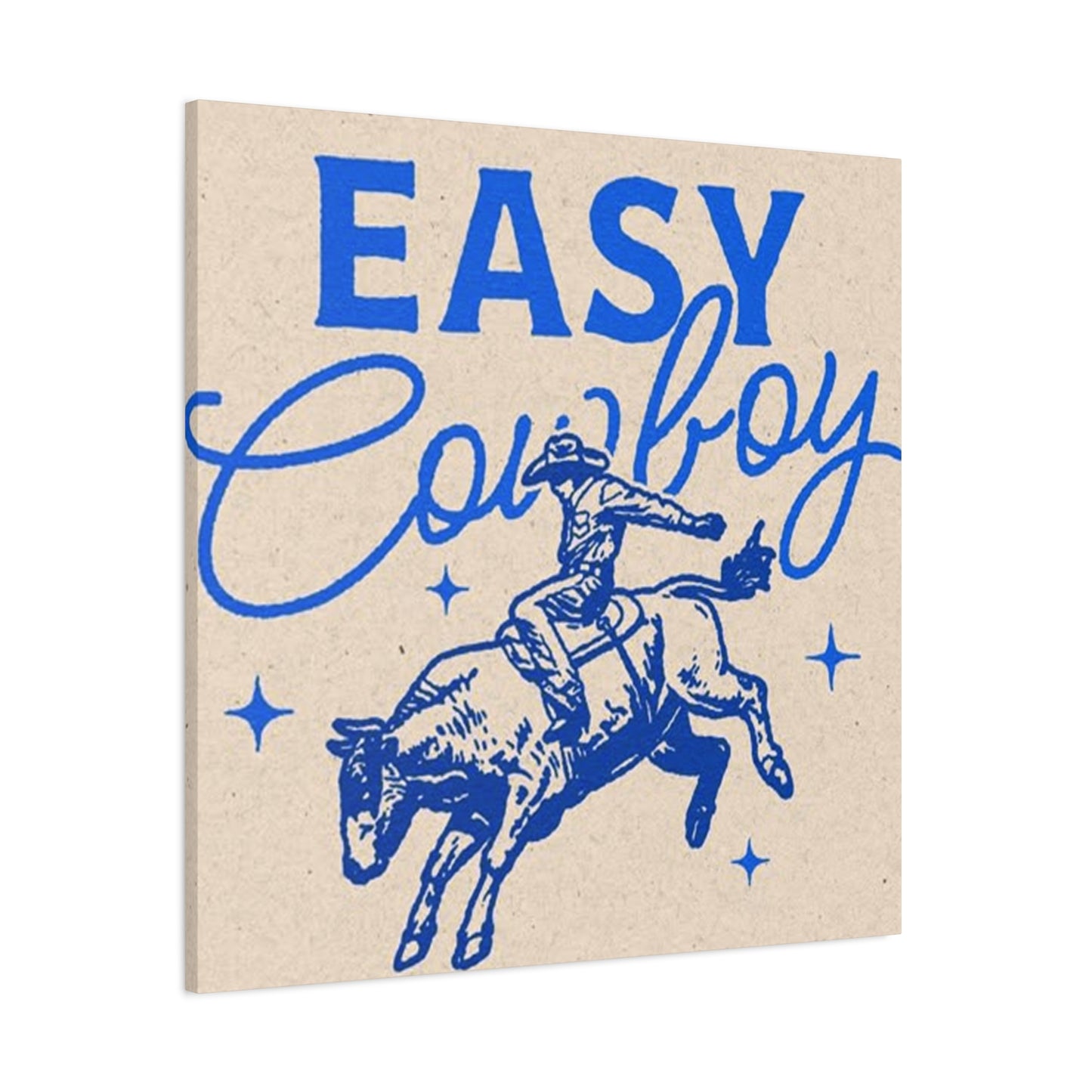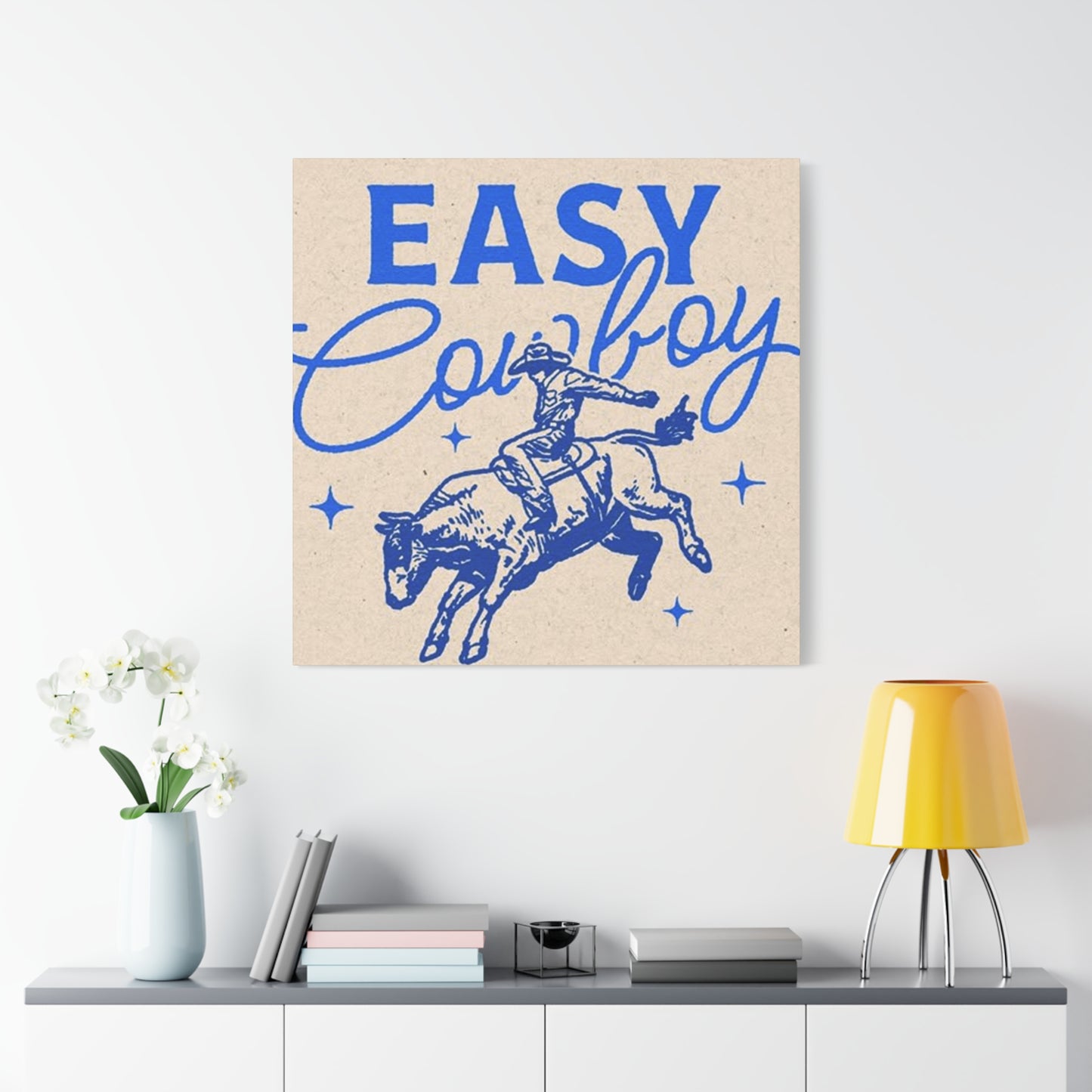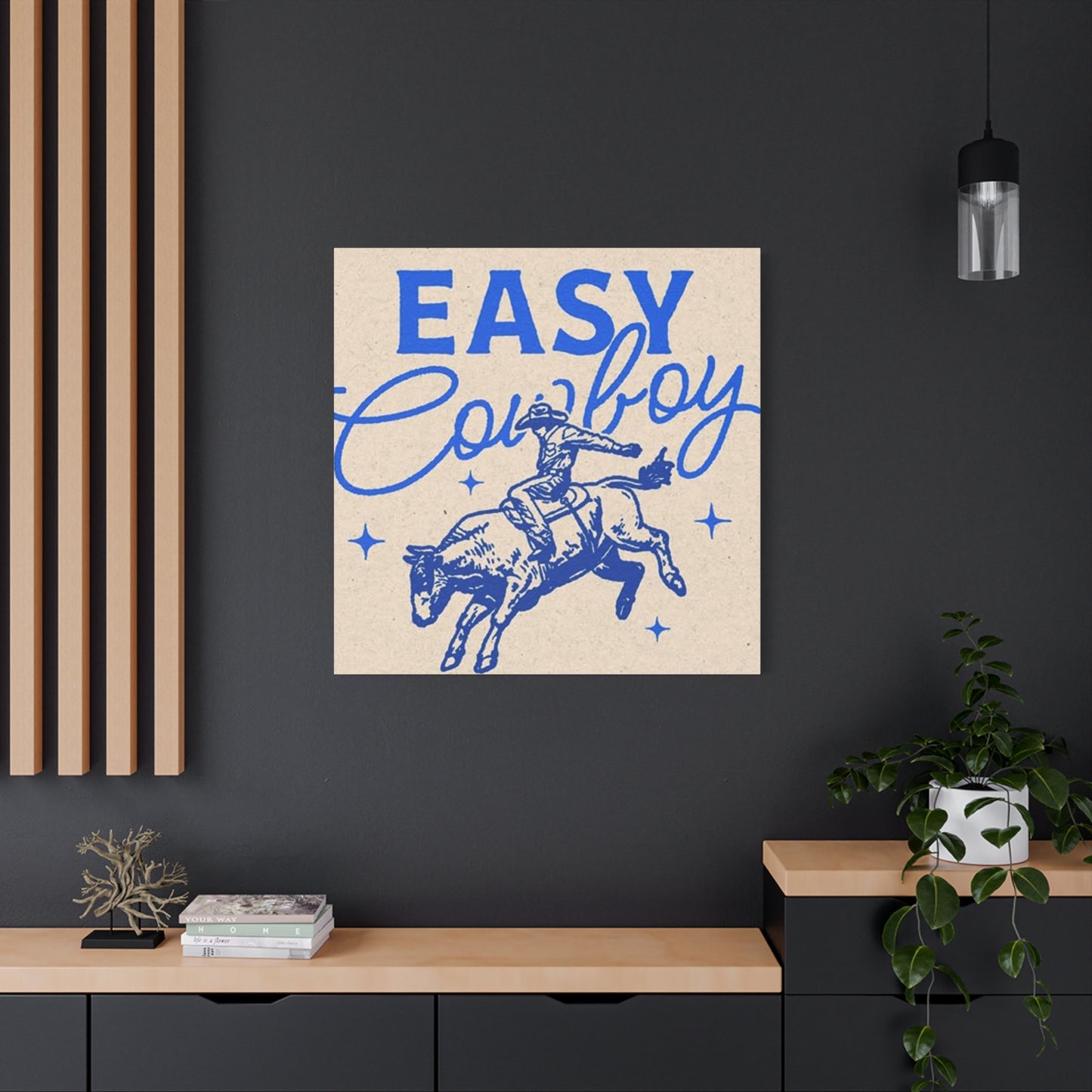Cowboy Wall Art: Creating Authentic Western Atmosphere in Your Home
The American frontier spirit lives on through carefully curated cowboy wall art that brings the rugged beauty of the Old West directly into contemporary homes. Whether you're drawn to weathered leather aesthetics, sweeping prairie landscapes, or the timeless appeal of horseback riders silhouetted against desert sunsets, western-themed artwork offers an unparalleled way to infuse your living environment with character, history, and undeniable charm.
The popularity of cowboy-themed artwork has experienced a remarkable renaissance in recent years, transcending traditional ranch-style homes to find its place in urban lofts, suburban family rooms, and even sophisticated penthouse apartments. This artistic movement celebrates not just the visual appeal of western imagery, but the deeper cultural values it represents: independence, resilience, connection to the land, and the enduring human spirit that tamed the American frontier.
Modern homeowners are discovering that cowboy wall art offers incredible versatility, seamlessly blending with various design philosophies from rustic farmhouse to contemporary minimalist. The key lies in understanding how to select, display, and integrate these powerful visual elements in ways that feel authentic rather than clichéd, sophisticated rather than stereotypical.
Rustic Cowboy Wall Art for Western Homes
Authentic rustic cowboy wall art serves as the cornerstone of western home design, bringing together weathered textures, earthy color palettes, and imagery that speaks to the soul of frontier life. These pieces typically feature distressed finishes, aged patinas, and materials that evoke the honest wear of ranch life, creating an atmosphere where visitors can almost smell the sagebrush and hear the distant lowing of cattle.
The most compelling rustic cowboy artwork often incorporates actual materials from ranch life, such as reclaimed barn wood frames, rope details, or metal elements that show the honest patina of outdoor exposure. These pieces might feature classic cowboy scenes painted on weathered wood planks, vintage photographs transferred onto distressed canvas, or mixed-media compositions that combine painted elements with authentic western artifacts like horseshoes, spurs, or bits of old leather tack.
Color palettes in authentic rustic cowboy wall art draw heavily from the natural western landscape: sage greens that mirror the high desert, warm browns reminiscent of well-worn saddle leather, dusty blues reflecting endless skies, and the rich oranges and reds of canyon walls and sunset horizons. These earthy tones create a cohesive visual foundation that allows multiple pieces to work together harmoniously, even when they feature different artistic styles or subjects.
Texture plays a crucial role in rustic cowboy wall art, with many pieces featuring deliberately rough or aged surfaces that invite touch and close inspection. Artists specializing in this genre often employ techniques like dry brushing, crackle finishes, or strategic sanding to achieve the weathered appearance that makes new artwork look like treasured family heirlooms passed down through generations of ranch families.
The subject matter of authentic rustic cowboy wall art extends beyond simple cowboy portraits to encompass the entire ecosystem of western life. Images of weathered barns, rusty windmills, fields of cattle, wild mustangs running free, and the vast landscapes that define the American West all contribute to creating an immersive visual narrative that transforms any room into a celebration of frontier heritage.
Placement of rustic cowboy wall art requires careful consideration of both the artwork's inherent character and the room's architectural elements. These pieces often work best when they're given room to breathe, displayed against natural materials like stone, exposed brick, or reclaimed wood walls that complement their authentic frontier aesthetic without competing for visual attention.
Cowboy Canvas Prints That Capture the Wild West
Contemporary cowboy canvas prints represent the perfect marriage of traditional western imagery with modern printing technology, allowing homeowners to bring museum-quality reproductions of both classic and contemporary western art into their homes at accessible price points. These high-resolution prints capture every nuance of brushstroke and color gradation, ensuring that the artistic vision translates perfectly from original canvas to affordable home décor.
The versatility of canvas as a medium allows for incredible detail in cowboy-themed artwork, from the intricate stitching on a cowboy's chaps to the individual hairs in a horse's mane caught in motion. Modern printing techniques can reproduce the subtle variations in skin tone that bring cowboy portraits to life, the atmospheric perspective that makes distant mountain ranges seem to recede into misty blue depths, and the dramatic lighting effects that turn ordinary ranch scenes into compelling visual narratives.
Canvas prints excel at capturing the epic scale that defines much of the best western artwork. Large-format prints can transform an entire wall into a window onto the frontier, whether depicting a lone rider crossing a vast desert landscape, a dramatic cattle drive stretching to the horizon, or a sweeping vista of badlands carved by wind and water over millennia. These oversized pieces create immediate visual impact and serve as powerful focal points that anchor entire room designs.
The texture of canvas adds an authenticity to cowboy prints that paper reproductions simply cannot match. The woven surface creates subtle variations in how light reflects off the printed image, adding depth and dimension that makes viewers feel as though they're looking at an original painting rather than a reproduction. This textural quality becomes particularly important when displaying western artwork, as the rough, honest character of canvas naturally complements the rugged subject matter.
Color reproduction in high-quality canvas prints has reached extraordinary levels of accuracy, ensuring that the warm golden light of a prairie sunrise or the deep purple shadows of desert twilight appear exactly as the artist intended. This fidelity becomes crucial when selecting cowboy canvas prints, as much of the emotional impact of western artwork depends on its ability to evoke specific moods through carefully chosen color relationships.
The durability of canvas prints makes them ideal for active households where traditional framed artwork might suffer damage. UV-resistant inks and protective coatings ensure that these prints maintain their visual impact for years, while the flexible canvas surface proves more forgiving than rigid materials when subjected to temperature changes or minor impacts that might crack glass or damage paper prints.
Modern canvas printing also enables the creation of multi-panel displays that can span entire walls, creating immersive western environments that completely transform living areas. These extended compositions might follow a single scene across multiple canvases or present a series of related images that tell a complete story about life on the frontier.
Decorating with Rodeo-Inspired Wall Art
Rodeo-inspired wall art brings the excitement, energy, and authentic grit of America's most dangerous sport directly into home environments, creating dynamic focal points that celebrate the courage, skill, and determination required to master both horse and bull. These pieces capture moments of pure adrenaline, freezing split-second actions in ways that convey motion, tension, and the raw power of competition between human and beast.
The visual drama inherent in rodeo scenes makes them exceptionally powerful as wall art, with compositions that naturally draw the eye and hold attention through their dynamic movement and emotional intensity. Images of bronc riders twisted in mid-air, bull riders clinging desperately to their mounts, or barrel racers leaning impossibly far as they navigate tight turns create immediate visual impact that energizes entire rooms.
Color plays a crucial role in effective rodeo wall art, with many pieces emphasizing the contrast between the dusty, earth-toned arena and the vibrant colors of competitors' clothing. The bright blues, reds, and yellows of rodeo shirts and chaps provide striking accents against more neutral backgrounds, while the dramatic lighting often found in indoor arenas creates opportunities for bold shadows and highlights that add depth and dimension to printed reproductions.
The authenticity of rodeo wall art depends heavily on accurate representation of equipment, technique, and setting. The best pieces demonstrate clear understanding of the sports they depict, showing proper saddle positioning, realistic animal anatomy, and the genuine expressions of concentration and determination that characterize serious competitors. This attention to detail helps viewers connect with the artwork on a deeper level, recognizing the respect it shows for both the sport and its participants.
Rodeo-inspired artwork works particularly well in casual living areas, family rooms, and recreational areas where its energetic character complements relaxed, comfortable furniture and informal entertaining. These pieces naturally pair with leather furniture, exposed wooden beams, and other rustic architectural elements that echo the honest, unpretentious character of rodeo culture.
The emotional range of rodeo wall art extends beyond simple action shots to include quieter moments that reveal the deeper character of the sport. Images of cowboys preparing their equipment, riders sharing quiet moments with their horses, or the contemplative pause before entering the arena provide balance to more dramatic action scenes while maintaining thematic coherunity.
Grouping rodeo artwork requires careful attention to both subject matter and visual weight, as these inherently dramatic pieces can easily overwhelm smaller or more delicate elements. Successful arrangements often pair high-action scenes with calmer transitional pieces, creating visual rhythms that guide viewers through complete narratives about rodeo life and culture.
Bold Cowboy Silhouettes for Minimalist Environments
The stark simplicity of cowboy silhouettes offers minimalist design enthusiasts a way to incorporate western themes without overwhelming clean, uncluttered aesthetic principles. These powerful graphic elements reduce complex western scenes to their essential visual components, creating artwork that functions as both decorative element and architectural detail within contemporary living environments.
Silhouette art achieves maximum impact through careful attention to shape, proportion, and negative area, with the most effective pieces featuring instantly recognizable cowboy imagery that remains compelling even without color or detail. Classic subjects like riders on horseback, cowboys walking beside their mounts, or figures leaning against fence posts translate beautifully into silhouette form, their familiar outlines triggering immediate emotional associations with frontier life and western values.
The monochromatic nature of silhouette artwork makes it exceptionally versatile in terms of room integration, as these pieces adapt easily to existing color schemes without introducing competing visual elements. Black silhouettes work particularly well against white or light-colored walls, creating high-contrast displays that serve as powerful focal points, while white silhouettes can provide subtle accent elements against darker backgrounds.
Scale becomes crucial when incorporating cowboy silhouettes into minimalist environments, as these simplified forms must be sized appropriately to maintain their visual impact without overwhelming carefully balanced room compositions. Large-scale silhouettes can function as dramatic architectural elements, transforming entire walls into statements about lifestyle and values, while smaller pieces work effectively as part of carefully curated gallery arrangements.
The linear quality of silhouette art complements the clean geometric lines typically found in minimalist design, creating harmonious relationships between artwork and furniture, architectural elements, and other decorative objects. This compatibility allows western themes to coexist comfortably with contemporary design principles rather than fighting against them.
Modern interpretations of cowboy silhouettes often incorporate contemporary artistic techniques like laser cutting, which creates perfectly crisp edges and enables complex internal details that would be impossible to achieve through traditional cutting methods. These precisely crafted pieces can incorporate multiple layers, creating dimensional effects that add visual interest without compromising the essential simplicity that makes silhouette art so appealing.
The psychological impact of silhouette artwork derives from its ability to activate viewers' imaginations, as the simplified forms invite mental completion of missing details. This participatory quality makes cowboy silhouettes particularly effective in creating emotional connections with western themes, as viewers project their own experiences and associations onto the archetypal forms.
How to Style Cowboy Wall Art in Modern Homes
Successfully integrating cowboy wall art into modern home environments requires a sophisticated understanding of both western aesthetic traditions and contemporary design principles, creating harmonious combinations that honor both influences without compromising either. The key lies in identifying connection points between seemingly disparate styles and building upon shared values like authenticity, craftsmanship, and connection to natural materials.
Contemporary homes often feature clean lines, neutral color palettes, and emphasis on natural light, all of which can actually complement western artwork when approached thoughtfully. Modern minimalist backgrounds provide excellent stages for dramatic western pieces, allowing cowboy artwork to function as powerful focal points without competing with busy architectural details or competing decorative elements.
Color coordination becomes essential when mixing western artwork with modern furnishings, but this doesn't require limiting choices to neutral palettes. Rich western colors like deep turquoise, warm copper, or sage green can provide striking accents in contemporary rooms when balanced carefully with modern furniture in complementary tones. The key is maintaining proportion, ensuring that bold western colors enhance rather than overwhelm the overall design scheme.
Lighting plays a crucial role in successfully displaying cowboy wall art in modern settings, with contemporary track lighting or picture lights enhancing the dramatic qualities inherent in most western artwork. Proper illumination can highlight texture in painted pieces, create depth in photographic prints, and ensure that subtle color variations remain visible under different lighting conditions throughout the day.
Frame selection offers another opportunity to bridge the gap between western subject matter and modern aesthetics. Simple black or white frames can provide clean, contemporary presentations for western artwork, while natural wood frames in lighter finishes can warm up modern rooms without introducing competing rustic elements. The goal is selecting frames that enhance rather than distract from the artwork itself.
Scale relationships require careful consideration when placing western artwork in modern homes, as contemporary rooms often feature higher ceilings and more open layouts than traditional western-style homes. Large-scale pieces or grouped arrangements may be necessary to maintain appropriate visual weight in these more expansive environments.
The strategic use of negative area becomes particularly important in modern homes, where western artwork must coexist with the breathing room that contemporary design demands. Rather than filling every available wall area, successful integration often involves selecting fewer, more impactful pieces that can command attention without creating visual chaos.
From Ranch to Room: Cowboy Art Ideas
The transition from authentic ranch environments to comfortable home settings opens up endless creative possibilities for incorporating cowboy artwork in ways that feel both genuine and livable. Ranch life provides a rich visual vocabulary that extends far beyond stereotypical cowboy imagery, encompassing everything from weathered fence posts and rustic gate hardware to the subtle beauty of worn leather tack and time-smoothed wooden structures.
Authentic ranch imagery often focuses on the tools and equipment that define working cowboy life, creating opportunities for artwork that celebrates both function and form. Paintings or photographs featuring well-used saddles, coiled lassoes, weathered chaps, or collections of horseshoes can bring genuine ranch character into home environments without relying on dramatic action scenes or romanticized cowboy portraits.
The architectural elements of ranch life offer another rich source of artistic inspiration, with subjects like weathered barn doors, rustic windmills, split-rail fencing, and stone foundations providing visual anchors that ground cowboy-themed rooms in authentic western heritage. These structural elements translate beautifully into wall art, creating compositions that feel substantial and permanent rather than merely decorative.
Livestock imagery extends the ranch-to-room concept beyond human subjects to include the animals that define ranch life. Cattle portraits, horse studies, and scenes of animals in their natural pasture settings create connections to the agricultural roots of western culture while providing artistic subjects with inherent grace and beauty that transcend specific style preferences.
The changing seasons on ranch land provide endless artistic inspiration, from spring scenes of new calves in green pastures to autumn images of cattle drives through golden grasslands. These seasonal themes allow homeowners to rotate artwork throughout the year, maintaining fresh visual interest while staying within consistent thematic frameworks.
Ranch landscape artwork captures the vast horizons, dramatic weather patterns, and unique geological formations that define western terrain. These pieces can transform interior walls into windows onto the frontier, creating illusions of expanded area while establishing strong connections to the natural world that remains central to western identity.
Working ranch life also encompasses quieter moments that translate beautifully into home artwork: cowboys repairing equipment, horses resting in paddocks, or the simple satisfaction of completed work at day's end. These contemplative images provide balance to more dramatic western scenes while maintaining authentic connections to the practical realities of ranch life.
Western Vibes Only: Top Cowboy Art Picks
Curating the perfect collection of cowboy artwork requires understanding which pieces consistently deliver the authentic western atmosphere that transforms ordinary rooms into celebrations of frontier heritage. The most effective western art combines visual appeal with emotional resonance, creating immediate connections to the values, landscapes, and lifestyle that define American western culture.
Classic cowboy portraits remain among the most popular and impactful western art choices, particularly pieces that capture the weathered character and quiet dignity of working cowboys. The best portrait work goes beyond surface appearances to reveal something essential about cowboy character, whether through the set of weathered hands on reins, the far-off gaze of someone accustomed to scanning vast horizons, or the comfortable relationship between rider and horse that speaks to years of partnership.
Landscape artwork featuring iconic western terrain provides another category of consistently popular choices, with images of Monument Valley, Grand Canyon vistas, rolling prairie grasslands, or desert scenes dotted with saguaro cacti creating immediate recognition and emotional connection. These pieces work particularly well as large-format displays that can dominate entire walls, creating immersive environments that transport viewers to beloved western locations.
Action scenes depicting classic western activities like cattle drives, bronc riding, or cowboys working with livestock offer dynamic energy that brings excitement to any room. The most successful action pieces capture authentic moments rather than staged compositions, showing real understanding of cowboy work and the genuine relationships between people, animals, and landscape that define ranch life.
Vintage western advertising art and movie posters provide opportunities to incorporate western themes with a touch of nostalgia and humor. These pieces often feature bold graphics and striking color combinations that work particularly well in casual entertaining areas, family rooms, or personal retreats where a slightly more relaxed approach to western decoration feels appropriate.
Wildlife artwork featuring animals native to western regions creates natural companions to cowboy-themed pieces while expanding the visual vocabulary of western home decoration. Images of wild mustangs, eagles, buffalo, or wolves connect to the untamed natural world that forms the backdrop for all western stories, adding layers of meaning to cowboy art collections.
Contemporary western artwork that reinterprets classic themes through modern artistic approaches offers sophisticated alternatives to traditional western art styles. These pieces might feature abstract interpretations of western landscapes, stylized cowboy figures, or innovative color palettes that maintain western character while appealing to contemporary aesthetic sensibilities.
Lasso the Look: Cowboy Wall Décor Tips
Mastering the art of cowboy wall décor requires understanding both the visual principles that make artwork effective and the cultural sensitivity needed to honor authentic western heritage while creating livable, personal home environments. Successful western wall décor achieves balance between dramatic visual impact and everyday comfort, ensuring that cowboy-themed rooms feel welcoming rather than overwhelming.
Creating visual hierarchy in cowboy wall décor starts with identifying primary focal points and building supporting elements around them. Large-scale pieces featuring dramatic subjects like stampeding horses or sweeping landscape vistas naturally command attention and should be positioned where they can be appreciated without competing with other strong visual elements. These anchor pieces then inform the selection and placement of smaller supporting artworks.
Color coordination in western wall décor extends beyond simple matching to encompass the creation of harmonious relationships that enhance both individual pieces and overall room character. The earthy palette typical of western artwork – browns, tans, deep reds, sage greens, and dusty blues – provides natural coordination opportunities, but successful arrangements often include strategic accent colors that add visual interest without disrupting thematic unity.
Texture variation adds crucial visual interest to cowboy wall décor, with combinations of painted canvases, photographic prints, metal sculptures, and dimensional objects creating rich, layered displays that invite close examination. The rough, weathered textures commonly found in western artwork benefit from careful juxtaposition with smoother elements that provide visual rest areas and prevent textural overload.
Grouping strategies for cowboy artwork depend largely on the size and character of individual pieces, but most successful arrangements follow basic principles of visual weight distribution and thematic connection. Large pieces often work best as standalone statements, while smaller artworks benefit from grouping in odd numbers with careful attention to spacing and alignment that creates unified compositions.
Lighting considerations become particularly important with western artwork, as many pieces feature subtle color variations and textural details that require proper illumination to achieve their full impact. Picture lights, track lighting, or strategically placed lamps can transform ordinary cowboy prints into compelling focal points that anchor entire room designs.
The integration of three-dimensional elements like vintage spurs, horseshoes, or western collectibles can add authentic detail to cowboy wall displays without overwhelming the primary artwork. These supporting elements work best when they complement rather than compete with wall-mounted pieces, providing textural contrast and authentic ranch character that enhances the overall western atmosphere.
Vintage Cowboy Posters That Never Go Out of Style
The enduring appeal of vintage cowboy posters lies in their ability to capture specific moments in American cultural history while maintaining visual characteristics that transcend temporal boundaries. These graphic treasures combine bold design elements with nostalgic subject matter, creating artwork that functions equally well as historical document and contemporary decoration.
Authentic vintage western movie posters represent some of the most collectible and visually striking examples of cowboy-themed wall art, featuring dramatic compositions and bold typography that were designed to attract attention in crowded entertainment districts. These posters often showcase the golden age of western films, with larger-than-life cowboys, sweeping landscapes, and promises of adventure that continue to resonate with contemporary viewers seeking escape from modern complexities.
Rodeo posters from the early and mid-20th century offer another rich category of vintage western artwork, typically featuring dynamic action illustrations and bold, hand-lettered text that captures the excitement and danger of competitive riding. These promotional pieces often include specific venue information and date details that add historical authenticity while creating conversation pieces that connect viewers to specific times and places in western entertainment history.
Vintage tourism posters promoting western destinations provide sophisticated alternatives to traditional cowboy imagery while maintaining strong connections to western heritage and landscape. These pieces often feature stylized landscape illustrations and elegant typography that reflects the design sensibilities of their era, creating artwork that appeals to both western enthusiasts and collectors of vintage graphic design.
Early western advertising posters, whether promoting everything from boots and hats to patent medicines and transportation services, offer fascinating glimpses into the commercial side of western expansion. These pieces combine period graphics with authentic western imagery, creating unique decoration options that celebrate both western heritage and American commercial art history.
The reproduction market for vintage cowboy posters has made many classic designs accessible to contemporary collectors, with high-quality prints that capture the bold colors and crisp graphics that made these pieces effective promotional tools. Modern printing techniques can restore faded colors and damaged details, creating reproductions that often appear superior to surviving originals while maintaining the authentic character that makes vintage posters so appealing.
Conservation and display considerations become important when working with authentic vintage posters, as these paper-based artworks require protection from direct sunlight, humidity, and handling that could cause permanent damage. Proper framing with UV-protective glass and careful attention to environmental conditions can help preserve these cultural artifacts for future generations while allowing their immediate enjoyment as decorative elements.
The Art of the Wild West on Your Walls
Transforming home walls into celebrations of Wild West heritage requires understanding both the historical significance and contemporary relevance of western American art, creating displays that honor authentic frontier experience while serving modern decorative needs. The art of the Wild West encompasses far more than simple cowboy imagery, extending into the complete cultural landscape of American western expansion including Native American influences, pioneer experiences, and the natural environment that shaped frontier life.
Historical accuracy becomes important when selecting Wild West artwork, as the most compelling pieces demonstrate genuine understanding of period clothing, equipment, architecture, and daily life practices. Artwork that accurately depicts details like proper saddle rigging, authentic building construction, or correct historical uniforms creates stronger emotional connections with viewers while avoiding the cartoonish stereotypes that can undermine the dignity of western heritage.
The geographical diversity of the American West provides endless artistic inspiration, from the red rock country of Utah and Arizona to the rolling grasslands of Montana and the Dakotas, the desert landscapes of Nevada and New Mexico, and the mountain territories of Colorado and Wyoming. Each region contributed unique visual elements to Wild West culture, and the best artwork captures these distinctive characteristics while maintaining universal appeal.
The multicultural reality of Wild West history opens opportunities for artwork that goes beyond Anglo cowboy imagery to include the Hispanic vaquero traditions that preceded and influenced American cowboy culture, the Native American tribes whose land and skills contributed to western development, and the diverse immigrant populations who helped build western communities. This broader perspective creates richer, more authentic artistic narratives.
Wild West artwork often functions best when it tells complete stories rather than simply presenting isolated images, with groupings that might follow themes like "A Day on the Ranch," "Seasons on the Prairie," or "Building a Western Town." These narrative approaches create more engaging wall displays while providing frameworks for expanding collections over time.
The legendary figures of Wild West history – both fictional and real – provide compelling subjects for wall art, but the most effective pieces focus on universal human qualities rather than sensationalized heroics. Portraits that capture the determination, resilience, and connection to the land that defined successful frontier people create more lasting appeal than artwork that relies on dramatic action or romanticized stereotypes.
Contemporary interpretations of Wild West themes allow modern artists to bring fresh perspectives to traditional subjects while maintaining connection to authentic western heritage. These pieces might feature updated color palettes, simplified compositions, or contemporary artistic techniques applied to classic western subject matter, creating artwork that appeals to modern sensibilities while honoring historical traditions.
Top Cowboy Wall Art Themes for 2025
The evolution of cowboy wall art continues to reflect both changing aesthetic preferences and renewed appreciation for authentic western heritage, with 2025 trends emphasizing sophisticated interpretations of classic themes combined with fresh approaches that appeal to contemporary lifestyle preferences. Modern cowboy artwork successfully balances nostalgia with innovation, creating pieces that honor western traditions while meeting current design needs.
Contemporary color palettes in cowboy artwork are shifting toward more nuanced earth tones that complement modern neutral interiors while maintaining connection to natural western landscapes. Deep sage greens, warm terracotta, dusty rose, and weathered silver create sophisticated alternatives to traditional bright western colors, allowing cowboy artwork to integrate more seamlessly into contemporary home environments without sacrificing authentic western character.
Minimalist interpretations of cowboy themes reflect broader design trends toward simplification and essential elements, with artwork that reduces complex western scenes to their most powerful visual components. These simplified compositions often feature bold silhouettes, dramatic negative areas, and careful attention to proportion that creates maximum impact with minimal visual complexity.
Female perspectives in western artwork are gaining increasing recognition, with cowgirl themes and women's roles in western history receiving more artistic attention. These pieces often emphasize strength, independence, and connection to the land while providing alternatives to predominantly male-focused traditional cowboy art. Contemporary female western artists are bringing fresh viewpoints to classic themes while maintaining authentic connections to western heritage.
Environmental consciousness in western artwork reflects growing awareness of conservation issues and sustainable land use practices, with pieces that celebrate the natural beauty of western landscapes while acknowledging the importance of protecting these irreplaceable resources for future generations. This ecological perspective adds contemporary relevance to traditional western themes.
Mixed-media approaches in cowboy artwork combine traditional painting and photography with dimensional elements like reclaimed wood, metal accents, or actual western artifacts, creating textured compositions that blur the line between artwork and sculpture. These innovative approaches provide unique alternatives to conventional flat artwork while maintaining strong connections to authentic western materials and craftsmanship traditions.
Abstract interpretations of western themes allow artists to explore the emotional and spiritual aspects of cowboy culture through non-representational compositions that capture the essence of wide horizons, freedom, and connection to the land without relying on literal imagery. These sophisticated approaches appeal to viewers seeking western atmosphere without traditional cowboy iconography.
Urban western fusion themes reflect the reality that many contemporary western enthusiasts live in cities rather than rural areas, creating artwork that combines metropolitan energy with western values and imagery. These hybrid approaches might feature cowboys in contemporary settings, western motifs adapted to urban environments, or compositions that bridge the gap between frontier heritage and modern lifestyle preferences.
Cowboy Wall Art for Man Caves and Dens
The masculine retreat areas commonly known as man caves provide ideal settings for cowboy wall art, where the rugged individualism and authentic character of western imagery naturally complement the relaxed, personal atmosphere that defines these private male domains. These informal entertainment and relaxation areas offer opportunities for bolder, more dramatic western artwork choices that might feel overwhelming in formal living areas but perfectly capture the spirit of masculine refuge and western heritage appreciation.
Scale considerations become particularly important in man cave settings, where larger rooms and higher ceilings can accommodate oversized western artwork that creates immediate visual impact. Dramatic action scenes, sweeping landscape panoramas, or life-sized cowboy portraits can function as commanding focal points that establish the room's western character while providing conversation pieces that reflect the owner's interests and values.
The casual atmosphere typical of man caves allows for more diverse mixing of western artwork styles and periods, with vintage rodeo posters sharing wall area with contemporary western paintings, authentic vintage western gear displayed alongside modern cowboy photography, and historic western artifacts integrated into comprehensive displays that celebrate all aspects of cowboy culture and western heritage.
Leather furniture commonly found in man caves provides natural complement to cowboy artwork, with the rich textures and warm brown tones of quality leather creating harmonious relationships with the earthy color palettes typical of western art. The masculine character of leather furniture also reinforces the authentic, unpretentious atmosphere that makes cowboy artwork feel at home in these personal retreat areas.
Lighting in man caves can be more dramatic and focused than in formal living areas, with track lighting, spotlights, or picture lights used to create theatrical presentations of favorite western artwork pieces. Lower ambient lighting levels also allow for more dramatic contrast effects that can make cowboy silhouettes pop against darker backgrounds or create mood lighting that enhances the contemplative, refuge-like character of these personal areas.
The entertainment focus of most man caves creates opportunities for western artwork that celebrates the social aspects of cowboy culture, with scenes of cowboys gathered around campfires, saloon interiors, or rodeo competitions that reflect the communal spirit appropriate for areas designed for male bonding and relaxation. These social themes provide natural conversation starters during gatherings while maintaining authentic connections to western heritage.
Storage and display combinations work particularly well in man caves, where built-in shelving or display cases can accommodate collections of western books, authentic artifacts, and smaller artwork pieces alongside major wall-mounted displays. These comprehensive presentations create immersive western environments that fully support the escape and relaxation functions that define successful man cave design.
Mixing Rustic and Refined with Cowboy Art
The sophisticated balance between rustic authenticity and refined elegance represents one of the most challenging yet rewarding approaches to incorporating cowboy artwork into contemporary home environments. This design philosophy requires careful selection of western pieces that maintain their authentic character while possessing the visual sophistication necessary to complement upscale furnishings and architectural details without creating jarring stylistic conflicts.
Material quality becomes crucial when mixing rustic cowboy artwork with refined interior elements, as only the highest caliber western pieces can hold their own alongside expensive furniture, luxury textiles, and sophisticated architectural details. Hand-painted original artwork, museum-quality prints, or carefully crafted reproduction pieces with exceptional attention to detail provide the visual weight and artistic integrity necessary for successful integration into upscale environments.
Color sophistication in cowboy artwork intended for refined settings often involves more subtle palette choices that complement elegant interior color schemes while maintaining authentic western character. Muted earth tones, sophisticated grays with warm undertones, or carefully balanced neutrals can provide western atmosphere without the bold, dramatic colors that might clash with delicate interior fabrics or subtle wall treatments.
Frame selection becomes particularly important when displaying rustic cowboy artwork in refined settings, as the transition between artwork and room must be handled with exceptional care. Custom framing solutions that bridge rustic and refined aesthetics might feature high-quality wood finishes that suggest western character without appearing crude, or sophisticated metal frames in bronze or pewter that complement both western subjects and upscale interior hardware.
The integration approach for mixing rustic and refined often works best when cowboy artwork is allowed to serve as carefully controlled accent elements rather than dominant themes, providing authentic character notes that enhance rather than overwhelm sophisticated interior design schemes. Strategic placement of one or two exceptional western pieces can provide personality and warmth to formal settings without disrupting elegant aesthetic unity.
Lighting quality becomes even more critical when displaying cowboy artwork in refined settings, as proper illumination must enhance both the artwork's inherent character and its integration into sophisticated surroundings. Professional-quality picture lighting or museum-standard track systems ensure that western artwork receives the attention it deserves while maintaining the high standard of presentation expected in upscale interior environments.
The supporting décor elements in mixed rustic-refined settings require careful coordination to avoid creating stylistic confusion, with accessories, textiles, and furniture selections that acknowledge both design influences without committing completely to either. This might involve incorporating a few carefully chosen western accent pieces alongside predominantly contemporary furnishings, or selecting furniture with subtle western influences that complement rather than compete with cowboy artwork.
Cowboy Art with Horses: A Classic Combo
The partnership between cowboys and horses represents one of the most enduring and emotionally resonant themes in western artwork, creating visual narratives that celebrate not just the practical working relationship between human and animal, but the deeper spiritual connection that defines authentic cowboy culture. These artistic compositions capture relationships built on mutual respect, trust, and the shared challenges of life in demanding frontier environments.
The artistic challenge of depicting both cowboy and horse subjects requires exceptional skill in representing anatomy, movement, and emotional interaction between species, making the best cowboy-horse artwork particularly valuable and compelling. Successful pieces demonstrate understanding of equine anatomy and movement, accurate representation of riding equipment and techniques, and the subtle communication signals that characterize experienced horse-rider partnerships.
Dynamic action scenes featuring cowboys and horses provide some of the most visually exciting western artwork, with compositions that capture dramatic moments like cutting cattle, crossing rivers, or navigating challenging terrain. These pieces succeed when they freeze split-second actions in ways that suggest both the motion preceding and following the captured moment, creating implied narratives that engage viewers' imaginations.
Quieter moments between cowboys and horses often provide equally compelling artistic subjects, with scenes of grooming, feeding, or simple companionship that reveal the emotional bonds underlying working relationships. These contemplative compositions offer balance to more dramatic action pieces while providing opportunities for artistic exploration of texture, light, and intimate gesture that can be lost in higher-energy compositions.
The historical evolution of cowboy-horse relationships provides rich artistic material that extends from early vaquero traditions through modern ranch work, with different periods offering distinct visual characteristics in equipment, clothing, and riding styles. Artwork that accurately represents these historical differences demonstrates respect for western heritage while providing educational value that enhances decorative appeal.
Breed-specific artwork that features particular horse types associated with cowboy culture – Quarter Horses, Paint Horses, Appaloosas, or Mustangs – allows for artistic celebration of the genetic heritage that contributed to successful western expansion. These pieces often emphasize the physical characteristics that made specific breeds valuable for ranch work while showcasing the individual beauty that makes each animal unique.
The seasonal aspects of cowboy-horse partnerships provide natural frameworks for artistic series or grouped displays, with spring scenes of breaking young horses, summer images of cattle work, autumn roundup activities, and winter feeding routines that demonstrate the year-round nature of these working relationships while providing visual variety that maintains viewer interest over time.
Modern Western: Cowboy Wall Art with Edge
Contemporary interpretations of cowboy wall art are pushing traditional boundaries by incorporating cutting-edge artistic techniques, unconventional materials, and fresh aesthetic approaches that maintain authentic western character while appealing to modern design sensibilities. This evolution reflects both artistic innovation and the ongoing relevance of western themes in contemporary American culture.
Digital art techniques are creating new possibilities for cowboy artwork, with artists using advanced software to create hyper-realistic western scenes, surreal landscape interpretations, or stylized cowboy portraits that would be impossible to achieve through traditional media. These digital compositions can incorporate photographic elements with painted details, creating hybrid artworks that blur the boundaries between different artistic media while maintaining strong western thematic content.
Mixed-media approaches in modern western art often incorporate industrial materials like rusted steel, reclaimed barn wood, or weathered metal that connect to authentic ranch environments while providing contemporary textural interest. These dimensional pieces create artwork that functions as both wall decoration and sculptural element, adding physical presence that traditional flat artwork cannot achieve.
Conclusion
Cowboy wall art is a powerful way to infuse your home with the rugged charm and authentic spirit of the American West. Whether featuring lone riders silhouetted against vast landscapes, vintage rodeo scenes, or detailed depictions of cowboy gear, this art style celebrates the grit, freedom, and timeless traditions that define Western culture. Incorporating cowboy-themed pieces into your décor creates an atmosphere that feels both nostalgic and adventurous, transporting you to wide-open plains, dusty trails, and the heart of cowboy heritage.
The versatility of cowboy wall art allows it to fit seamlessly into a variety of interior styles, from rustic ranch homes to modern urban spaces seeking a touch of frontier character. With materials ranging from canvas prints and metal wall hangings to wood carvings and mixed-media pieces, there’s a style to suit every taste. The warm earth tones and natural textures often found in cowboy art further enhance the welcoming, grounded feel of your space.
More than just aesthetic appeal, cowboy wall art embodies values such as independence, resilience, and connection to nature. It serves as a reminder of a way of life shaped by hard work, respect for the land, and a spirit of adventure. For enthusiasts of Western history or those simply drawn to its iconic imagery, this art form offers a meaningful way to celebrate those ideals daily.
In summary, cowboy wall art is an inviting and evocative choice for anyone looking to create an authentic Western atmosphere in their home. It transforms ordinary walls into storytelling canvases that honor a rich cultural legacy, adding warmth, character, and a sense of adventure to your living environment.

















